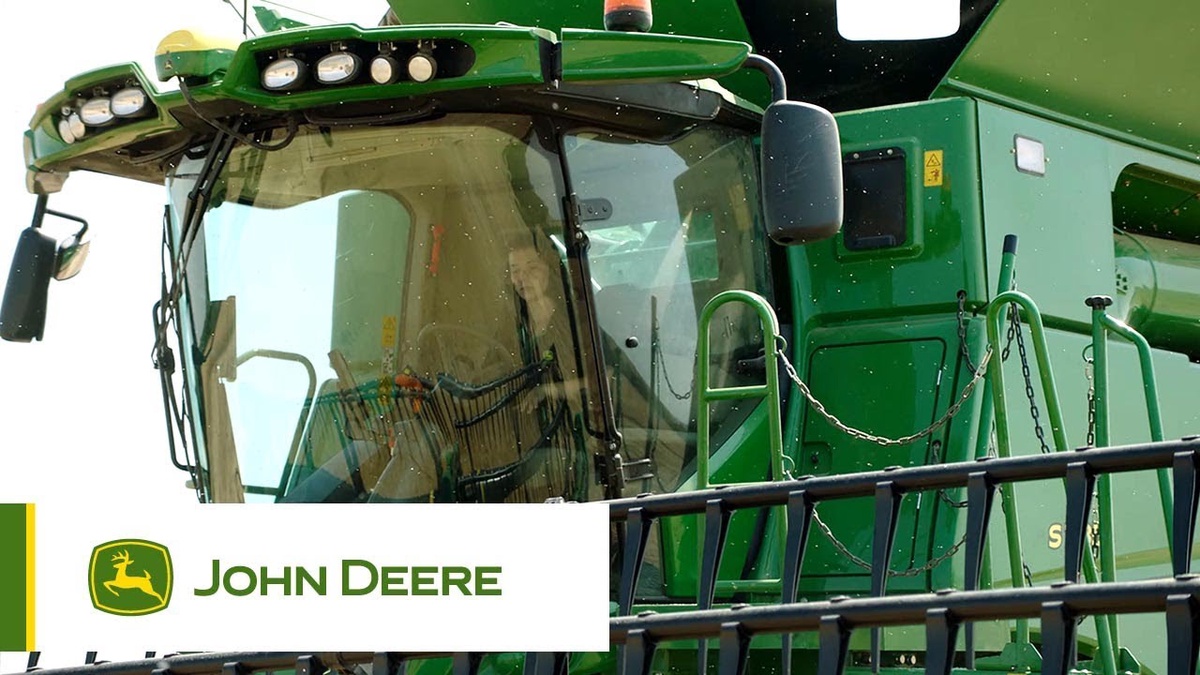The world of agriculture has undergone remarkable transformations over the years, with technological advancements playing a crucial role in increasing efficiency, productivity, and sustainability. One significant aspect of this technological evolution is the development of agricultural machinery, particularly combines. These machines have revolutionized the way crops are harvested, processed, and prepared for market consumption. However, as with any advanced technology, the use of agricultural machinery comes with its own set of challenges and risks. To mitigate these concerns and ensure safe and sustainable operations, regulatory bodies around the world have established a complex web of regulations and standards. In this article, we delve into the evolving regulatory landscape related to agricultural machinery, focusing on combines, and how these regulations influence the design, manufacturing, and use of combine technology.
The Importance of Regulations and Standards
Regulations and standards serve as essential guidelines that govern the design, production, and use of agricultural machinery. They are put in place to ensure the safety of operators, protect the environment, promote sustainable practices, and maintain the quality of the harvested crops. Agricultural machinery, including combines, operates in diverse environments and conditions, making it crucial to have robust regulations that address various potential hazards.
Evolution of Combine Technology and its Impact
Combines have witnessed significant advancements over the years, from simple mechanical harvesters to highly sophisticated machines equipped with cutting-edge technologies. Modern combines are equipped with features such as GPS-guided navigation, automated control systems, real-time data monitoring, and advanced sensor technologies. These technological enhancements have revolutionized the efficiency and precision of harvesting, allowing farmers to maximize yields and reduce waste.
However, the integration of such advanced technologies into agricultural machinery also brings forth new challenges and considerations. For instance, automated systems and complex electronics require stringent safety measures and fail-safes to prevent accidents or malfunctions. Additionally, the use of advanced sensors and data collection systems raises concerns about data privacy and security.
Regulatory Landscape for Agricultural Machinery
The regulatory landscape for agricultural machinery is diverse and varies from one region to another. Different countries have their own sets of regulations and standards, often tailored to their specific agricultural practices, environmental conditions, and safety requirements. Some of the key areas covered by regulations include:
1. Safety Standards: Safety is paramount when it comes to agricultural machinery operation. Regulations outline safety requirements such as machine guarding, operator protection, emergency stop mechanisms, and visibility standards.
2. Emissions and Environmental Impact: Modern agriculture places a heavy demand on the environment. Regulations focus on controlling emissions from agricultural machinery to reduce their impact on air quality and the environment.
3. Precision and Accuracy: With the integration of precision farming technologies, regulations ensure that automated systems and sensors are accurate and reliable to optimize crop management practices.
4. Data Privacy: As data collection and analysis become integral to agricultural operations, regulations safeguard the privacy of farmers' and operators' data.
5. End-of-life Management: Regulations also address the responsible disposal and recycling of agricultural machinery at the end of their operational life to minimize environmental impact.
Influence on Design, Manufacturing, and Use
Regulations play a significant role in shaping the design, manufacturing, and use of combine technology. Manufacturers must adhere to these regulations during the design and production phases to ensure compliance. This often involves rigorous testing, quality control, and documentation processes.
Farmers and operators also need to be aware of and trained on the specific regulations and standards that pertain to the operation of agricultural machinery. Adhering to these guidelines not only ensures the safety of operators and bystanders but also maintains the quality and safety of the harvested crops.
Challenges and Future Trends
The agricultural industry is continually evolving, and so are the technologies and regulations governing it. One challenge is striking the right balance between innovation and safety. As new technologies emerge, regulators must adapt to address potential risks and concerns.
Another challenge is ensuring global harmonization of regulations. Agricultural machinery is often used across borders, and having consistent regulations would facilitate trade and adoption of new technologies.
In the future, we can expect regulations to become even more intertwined with technology. As agricultural machinery becomes increasingly connected through the Internet of Things (IoT) and data-driven applications, regulations will likely extend to cover cybersecurity, data integrity, and interoperability.
Conclusion
The regulatory landscape for agricultural machinery, especially combines, is a vital component of ensuring safe, efficient, and sustainable farming practices. These regulations influence the design, manufacturing, and use of combine technology, guiding innovation while safeguarding the interests of operators, consumers, and the environment. As the agricultural industry continues to evolve, so too will the regulations that shape its technological advancements. It's a delicate balance that will require collaboration between manufacturers, regulators, farmers, and technology developers to create a future where agricultural machinery operates at its highest potential while adhering to the highest safety and environmental standards.


No comments yet